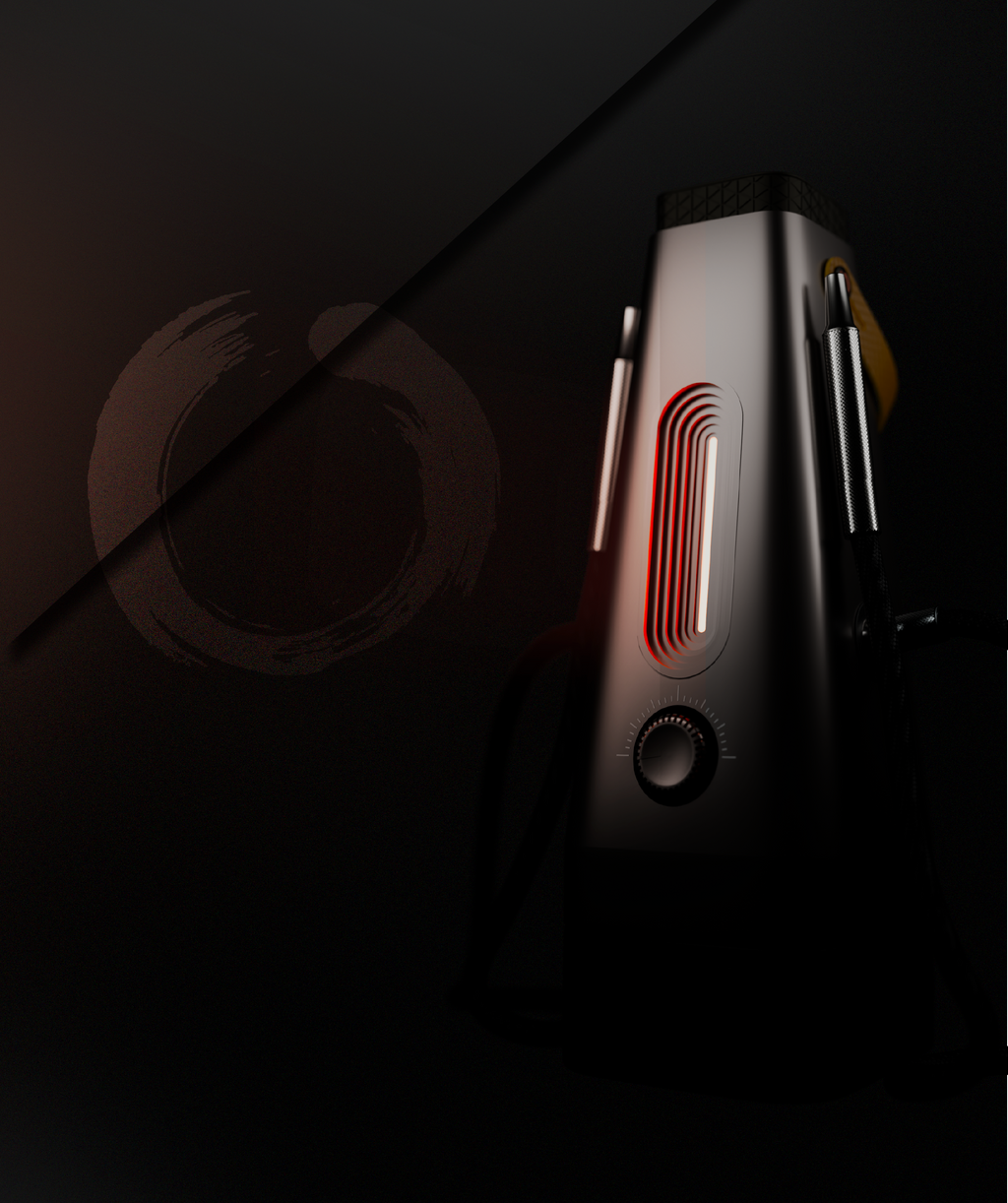The hookah, also known as shisha or waterpipe, is a device used for smoking flavored tobacco. It has a rich history that spans centuries and continents, evolving from a primitive coconut shell in India to sophisticated electronic models in today's global market. This article explores the fascinating journey of the hookah, from its humble beginnings to its modern incarnations.
Origins and Early History
The hookah is believed to have originated in India during the 15th century. Initially, it was a rudimentary device made from a coconut shell base and a tube attached, used primarily by physicians as a purportedly safer method of smoking, as the smoke would be purified by passing through water before inhalation. This concept was based on the Ayurvedic practice of filtering smoke through water to remove impurities.
As the use of hookah spread to the Persian empire, it underwent significant modifications and became integrated into the culture. The Persians embraced and refined the hookah, introducing elaborate designs and making it a symbol of social prestige. By the 17th century, smoking hookah had become a pervasive social activity in the Middle East, enjoyed by people across different classes.
Cultural Significance and Global Spread
The hookah's popularity in the Middle East set the stage for its introduction to other regions. It became particularly fashionable in the Ottoman Empire, where elaborate rituals surrounded its use, often featuring ornate pipes and richly flavored tobaccos. The hookah lounges became social hubs, where people gathered to discuss politics, play games, and tell stories.
During the 19th century, the British Empire's expansion into the Middle East and the Indian subcontinent led to further global exposure of the hookah. British officers and diplomats often returned home with hookahs as souvenirs, introducing the exotic practice to European society.
Technological Enhancements and Modern Designs
Throughout the 20th century, the traditional design of the hookah saw various enhancements aimed at improving its usability and aesthetic appeal. Innovations included the introduction of more durable materials like glass and metal, the standardization of component sizes, and the incorporation of multiple hoses that allowed several people to smoke from the same hookah simultaneously.
In recent years, the advent of technology has revolutionized the hookah industry. The traditional charcoal-heated method of smoking has seen competition from a new contender: the electronic hookah. These modern devices use battery-powered heating elements to vaporize a liquid solution containing nicotine, flavorings, and propylene glycol. Unlike traditional hookahs, electronic hookahs produce vapor instead of smoke, which is believed to contain fewer toxins.
The Electronic Hookah
In 2020, the creators of AirVape, one of the top vaporizer brands in the world known for their bold design, leveraged their decade-long experience in sophisticated heating technology to create the ultimate hookah-sharing experience.
No more need for scorching pieces of coal. One of the most significant disadvantages of the classic Hookah is that it produces heat by burning coal, making it a constant fire hazard and a health risk due to the toxic byproducts of this burning process. According to the National Institute of Health, a 60-minute Hookah session contains at least 145 mg of Carbon monoxide, along with tar, chrysene, phenanthrene, and fluoranthene.
The ENSŌ features a sophisticated heating technology that allows users to have a quality Shisha session without any of the harmful chemicals mentioned above.
Conclusion
The hookah has come a long way from its origins as a simple coconut shell in medieval India. Over the centuries, it has evolved in design and function, adapting to the changing tastes and technologies of the times. From a tool for smoking among the nobility of the Persian empire to a modern electronic device enjoyed worldwide, the hookah continues to be a symbol of communal leisure and cultural tradition. As technology advances, it will be fascinating to see how the hookah adapts yet again to fit into the future of social smoking and vaping.



